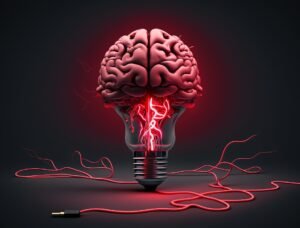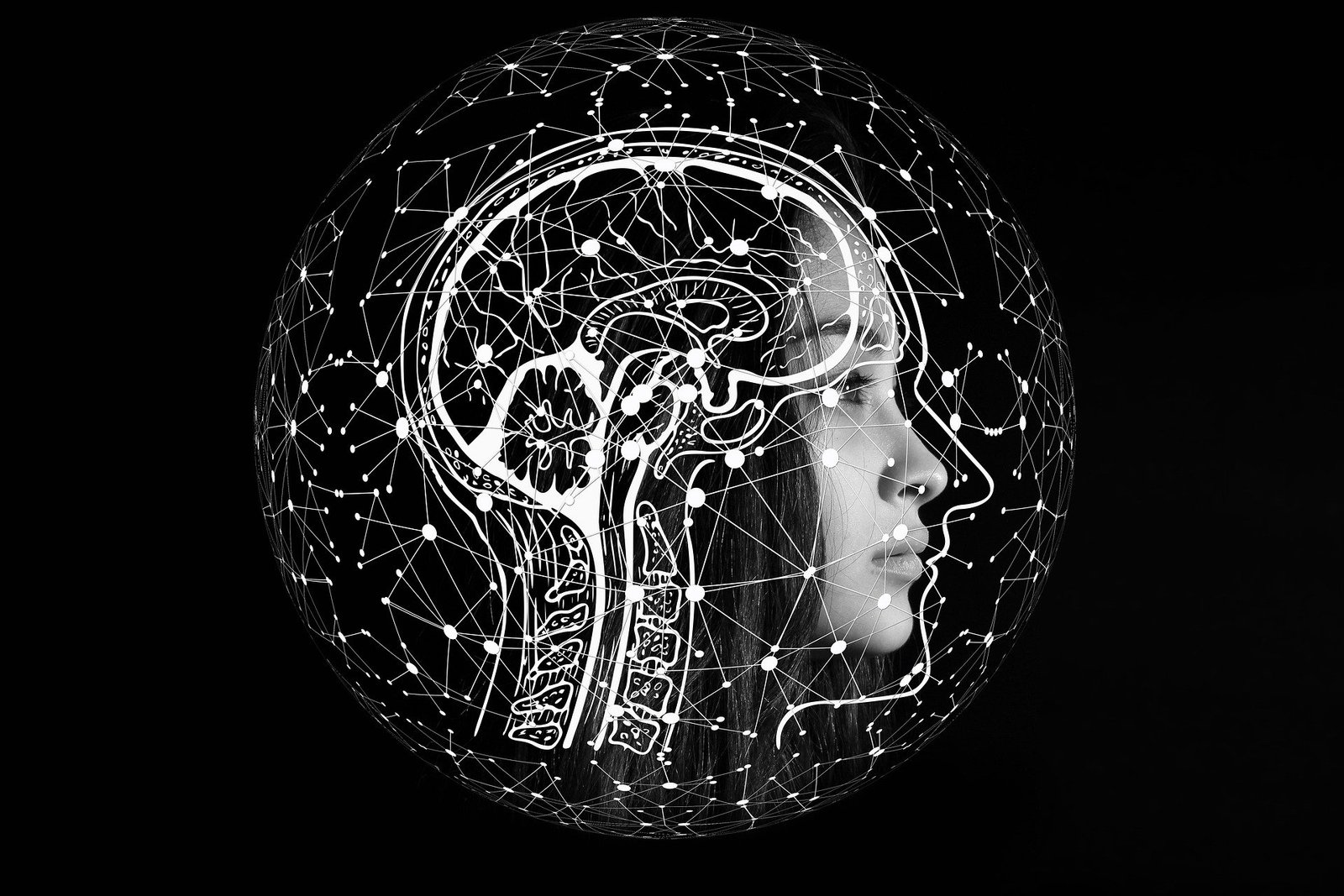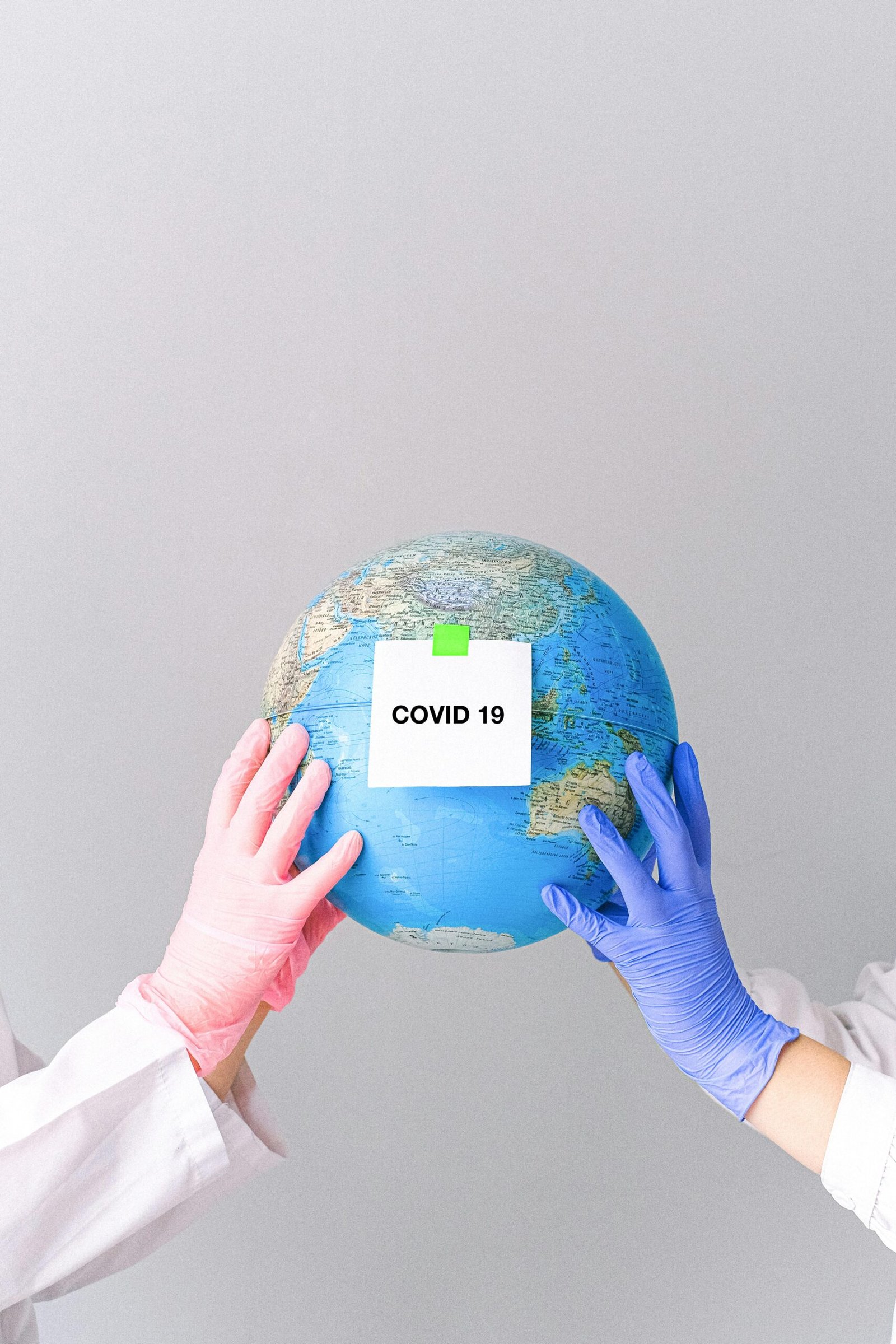Brain Why is the younger generation’s human brain growing larger?
The brains of the younger generation are larger and continue to grow, according to a recent study, which may lower the overall risk of age-related mental problems.
In their study, researchers from the U.S. Davis Health Educational Center found that participants born in the 1970s had a 6.6% larger brain capacity than those born in the 1930s. Their findings were published in the Journal of JAMA Neurology.
“It appears that the decade of a person’s birth may have an impact on the size of the brain and potentially on long-term brain health,” stated Charles DeCarli, the study’s principal author and head of the UC Davis Alzheimer’s Disease Research Center.
Although brain size is mostly determined by genetics, our research suggests that other factors like health, social, cultural, and educational aspects might also have an impact.

According to our research, larger brain structures can be a sign of improved brain health and growth.
Larger brain structures are indicative of larger brain reserves and may help to lessen the impacts of age-related mental illnesses and late-onset brain diseases like Alzheimer’s.
Participants who were born between 1930 and 1970 had their MRI scans performed between 1999 and 2019. 3,226 individuals in all, with an average age of 57 years at the time of MRI, were involved, with 53% of them being female and 47% being male.
The findings revealed a steady rise in a number of brain regions.
The average brain volume for participants born in the 1930s was 1,234 milliliters, whereas the average brain volume for those born in the 1970s was 1,321 milliliters, or more than 6.6%. The brain volume was observed to increase continuously decade by decade.
Cortical surface area, a measurement of the surface area of the brain, demonstrated even greater growth: participants born in the 1970s had an average surface area of 2,104 cm², whereas those born in the 1930s had an average surface area of 2,056 cm², or a 15% increase.
Additionally, the researchers discovered that both groups’ brains had larger hippocampal regions—a area important in learning and memory—as well as white matter and gray matter.





 967437
967437









